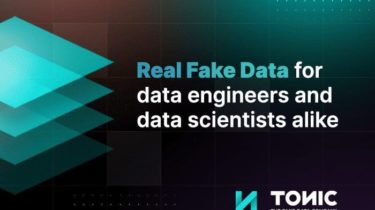How to Checkpoint Deep Learning Models in Keras
Deep learning models can take hours, days, or even weeks to train. If the run is stopped unexpectedly, you can lose a lot of work. In this post, you will discover how to checkpoint your deep learning models during training in Python using the Keras library. Kick-start your project with my new book Deep Learning With Python, including step-by-step tutorials and the Python source code files for all examples. Let’s get started. Jun/2016: First published Update Mar/2017: Updated for Keras […]
Read more








